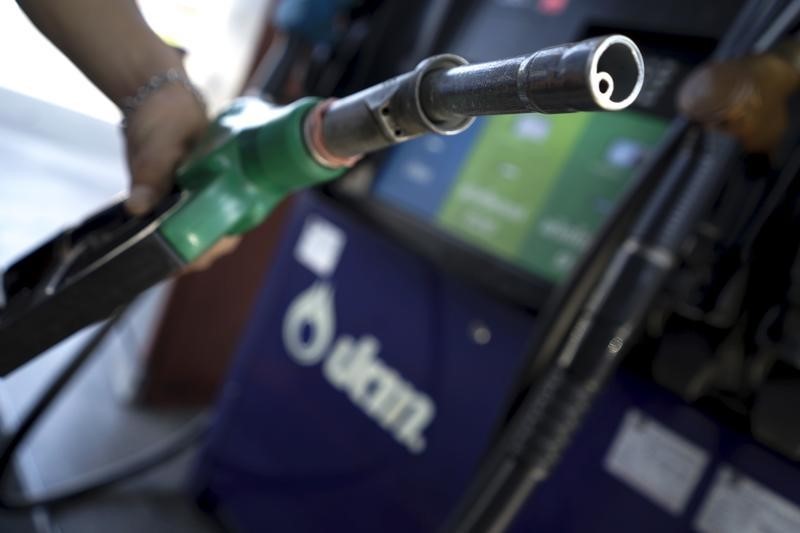By Barani Krishnan
Investing.com - After a two-week barrage of Persian Gulf tensions to trade war scares, the oil market has fallen eerily quiet.
The July contract for West Texas Intermediate futures, the benchmark for U.S. crude, settled up 51 cents, or 0.9%, at $59.14 per barrel.
The August contract for U.K.-traded Brent futures, the global benchmark for oil, settled down 10 cents, or 0.15%, to $68.67 a barrel . The July contract settled unchanged at $70.11.
Analysts saw the disparity in the gains between WTI and Brent as the trade's attempt to close the U.S. benchmark's gap with the U.K. contracts that gained during Monday's Memorial Day holiday.
Still, the strong moves in WTI came amid a dearth of market-moving headlines.
It was a stark contrast to the past two weeks when there was a barely a moment for traders to pause as the Saudis accused Iran of sabotaging the kingdom's oil infrastructure, the U.S. beefed up its military presence in the Gulf in anticipation of an attack from Tehran, and Washinton and Beijing targeted each other's economies in the absence of a trade deal.
The only news that mattered on Tuesday seemed to be concerns about flooding in Oklahoma that could impact crude stored at the Cushing delivery base for WTI there. For the record, Cushing stockpiles measured by market intelligence firm Genscape, showed a 700,000 barrels drop for last week, those who saw the data said.
"It's so quiet, like the whole world market, geopolitics included, went on holiday with us for Memorial Day and hasn't returned," said John Kilduff, founding partner at New York energy hedge fund Again Capital.
After oil’s worst week for 2019, those long the market will be hoping for a bullish overdose that could bring WTI back above the key $60 per barrel support and Brent solidly above $70.
"Oil prices may have already peaked, and we may have seen the start of a new downward trend, judging by the behaviour of price action over the past month or so," said Fawad Razaqzada, analyst at FOREX.com. "As things stand, oil’s path of least resistance is clearly to the downside, but that could change if and when it forms a higher high or creates a reversal pattern at lower levels first."
With Memorial Day flagging off the annual U.S. driving spectacle, all eyes will be on gasoline stats hereon, to see if fuel consumption keeps up with the American Automobile Association's lofty expectations for the start of summer road travel.
Despite U.S. pump prices of gasoline closing in on $3 a gallon in some regions, Americans have hardly cut back on driving, AAA says. It forecasts that a record 37.6 million of them took to the road this Memorial Day, although the absolute number traveling by all modes of transport – 43 million – would only be the second highest since 2000.
That's an interesting observation because weekly numbers from the U.S. Energy Information Administration tell a different story.
Last week's data, particularly, was hardly inspiring, with the EIA reporting total gasoline inventories up by 3.7 million barrels during the week ended May 17, versus forecasts for a drop of nearly 816,000 barrels.
And U.S. refinery runs have been surprisingly muted in the run-up to Memorial Day, staying at just under the key 90%-to-capacity mark. Doing longer-than-expected plant maintenance and processing less crude than anticipated week after week, refinery owners have become a new source of frustration to oil bulls already reeling from stubbornly highly U.S. crude production.
WTI lost nearly 7% last week and Brent 5% after an unexpected 5 million-barrel build in U.S. crude stockpiles for a second week in a row.
The EIA's dataset for this week will be on Thursday while the American Petroleum Institute's routine snapshot on what the EIA numbers could be will run Wednesday. Both are delayed by by a day due to the Memorial Day holiday.
